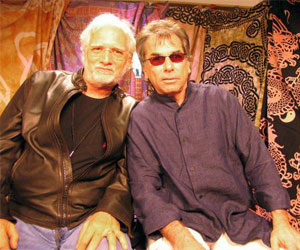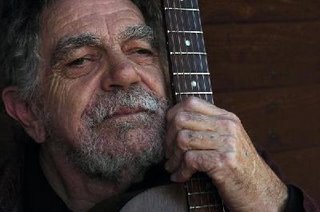Jambase Talks Tech with Bobby
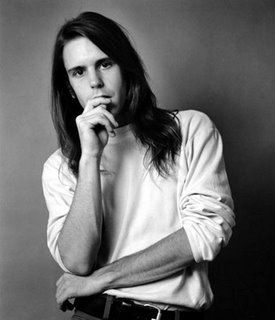
Andrew Wetzler interviewed Bob Weir for JamBase:
Downloading With Bob Weir
By Andrew Wetzler
JamBase: Just out of curiosity, what kind of time do you spend on the internet these days?
Bob Weir: I'm something of a news junkie. So, out here on the [West] Coast I get the New York Times online every night. I spend 9:00 to 10:00, generally after the kids are down, reading the news and stuff like that. I do a fair amount of shopping, as much as I have a stomach for. I try to do that online. I spend a lot of time traveling, so when I'm home I like to stay home.
JamBase: Do you ever spend time online reading the reviews and message boards related to you?
Bob Weir: I used to but I don't have time for that anymore. I know what kind of show we had, and I can tell from the reaction of the audience what kind of show [they feel] we had.
Do you download music yourself?
Yes. I go to commercial sites you know, mostly [iTunes]. If I can't find something on Apple Music then I start drifting around. It is all pretty much the same quality. Actually, Apple Music is pretty good. They have the FLAC stuff.
Are you able to perceive a big difference between MP3 and FLAC?
Yeah. [FLAC is] way, way more dynamic.
You need a much bigger hard drive though.
Yeah, actually I got a bigger hard drive.
What kind of stuff are you listening to these days?
I don't listen to much pop music. I listen to old R&B. I listen to modern classical. I listen to jazz, mostly older jazz. Some blues.
What about some of the bands that would be more on the jam side of the fence today?
Not a whole hell of a lot of it because I don't want that stuff in my head, what other people are doing in my ilk. It's bound to happen where if something catches my fancy it's going to come out through my hands. I would encourage jam bands not to listen to each other so that they continue to develop their individuality.
Where does covering the Dead fit into that mix in terms of stifling creativity for other bands?
Whatever floats their mullet as the saying goes. If they love a tune, they should play it. That's what brings a lot of the joy to the music.
I find that as my kids are getting older I'm losing some control over the music that's being played in my house. Who controls the music in your house and what's being played?
Well, my kids are young. My oldest is nine. We do a lot of the Nutcracker for instance these days. They listen to a lot of ballets because the oldest is a ballet student. I imagine the younger one just listens to mostly what the older ones play. I don't play a lot of my music in the house. I tend to play that out here in the studio.
When you're deciding what songs you're going to play for a given show, to what degree does it enter your mind, "Well gee, is this something that someone is going to want to buy later on as a download?"
No, not at all. When I'm creating a set list it's a matter of flow and a matter of the evening's entertainment.
As you're going from Orlando to Boca to Jacksonville or wherever, do you give thoughts to what you played one night versus the next, so that it keeps it fresh?
The way I create a set list is I have a database so that the songs I've done for the last two years - and the last couple of times we've been around a given town - are automatically out. Then, say the last week's worth of shows, those songs are more or less automatically out, unless the set really, really needs them.
What happens if you play two "One More Saturday Night" in Boca Raton two years in a row?
Well, then you are going to get two "Saturday Nights." We'll try to make them different.
We may have saved our democracy in this last election. The cards aren't all down yet but it was
The archive.org situation a year ago caused a great deal of commotion with a lot of passionate feelings being expressed. Looking back on it, is there anything that you'd like to share about what happened? Would you have done anything differently?
I've learned a lot from that. For instance, I learned that if we're going to go to the effort and expense of making a record that we have to be able to market it some way. We haven't really figured it out yet, but we're going to have to do that soon. If we're going to go through the effort and expense of making a record, we're going to need to at least get our money back out of it.
Did you expect such a backlash when you guys went the route you did?
I think for the most part that was your stock standard typical, very vocal minority. People were just not content to deal with the fact that a musician needs to make a living...
...that what you have is proprietary at the end of the day.
Right. They had no respect for intellectual property whatsoever. The musicians' needs are not being met. There's this myth that information has to be free. That was the big rallying cry back a year ago, and I don't buy that. It doesn't make sense. There is no way you can make it make sense, and I debated this with people who are big time web/internet blowhards who claim to know the situation inside and out. But, they don't know the situation legally and they don't know the situation morally.
Take a company like Google who got to a point where they said free information is nice but now we need to monetize it.
Yeah or we can't do business.
For some of the diehards out there, does there appear to be a disconnect relative to the Dead's willingness to let people tape shows forever?
Something of that nature. We let them make digital copies of our archival stuff, which is a major technological step further forward. So, you can get a hundredth generation digital recording with file sharing and still have a pretty good recording. We've actually gone way further in that direction then the Dead ever did. That's simply because the technology has changed since the Dead were around.
Just a couple other questions for you. "Easy to Slip" has been in your repertoire for a very long time. Did you spend any time around Lowell George?
Hell, yeah. He produced a record for us. The night I met him I was sort of the band's envoy to the various producers we were interviewing, and I picked him up at the airport. He was hungry so we decided to stop in [San Francisco] for Chinese food. He wanted to go to Golden Dragon Restaurant - which is a good restaurant - because there was a very famous Chinese gangland shootout that happened there. The bullet holes were still there, and he had to go up to the wall and put his fingers in the bullet holes and stuff like that. We had a lot of times. He was a great guy, fabulous musician, a lot of fun to hang with. We did a little drinking together. I think the worst I ever felt in my life was the morning after I got the news he died. A bunch of us were up in Portland and there was a Trader Vic's at the bottom of our hotel. So, we figured we've got to raise a glass or two to Lowell. I didn't feel so good in the morning.
You've sat in with The Radiators a couple of times when they've been in the Bay Area. What's it like playing with those guys?
They're a lot of fun. Great groove.
One of my fondest memories was seeing Bobby and the Midnights on the Riverboat in New Orleans during college. Any plans for that to happen again?
You know, maybe in another five or ten years or something we'll get a little reunion tour together just for fun.
What's in the cards for you and for Ratdog in 2007?
Well, we're working on that right now. We'll be touring a fair bit, and I think we'll be recording a fair bit. I think we'll probably make some sort of deals with various online subscription and straight ahead commercial music [services].
Any parting words of wisdom?
Love what you do. Aside from that, register and vote. We may have saved our democracy in this last election. The cards aren't all down yet but it was slipping away, getting beyond reach. It was becoming a democracy in name only. A lot will have to be done to remedy what has been done over the last few years in terms of gerrymandering the country, rigging voting systems, and stuff like that. A lot of attention is going to have to go back to that because those folks aren't done trying to grab power.
***the end***
I love when Bob says "Whatever floats their mullet as the saying goes." I googled that "saying" but couldn't find any other reference or use. Another Weir original!
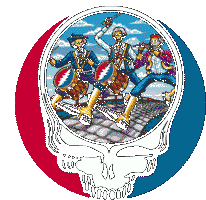
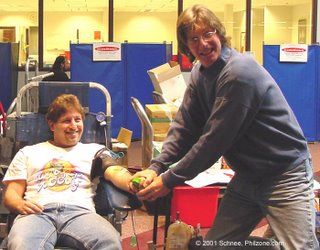
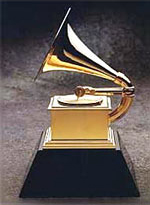
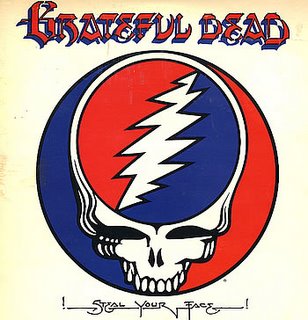



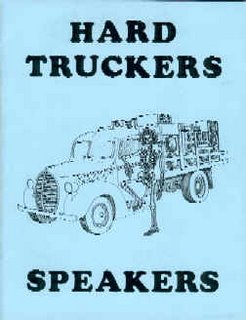
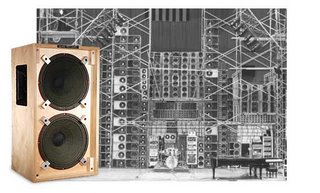

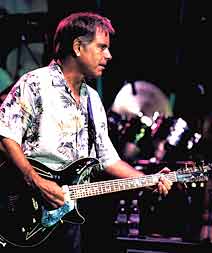 From Jambase:
From Jambase:
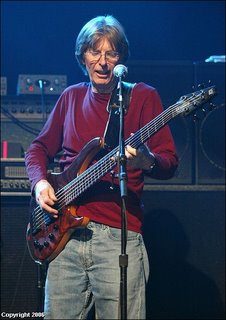

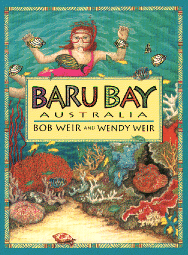

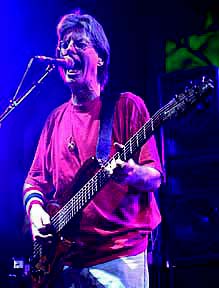
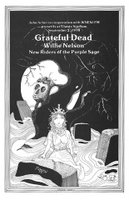 Way cool new Websit alert!
Way cool new Websit alert!


